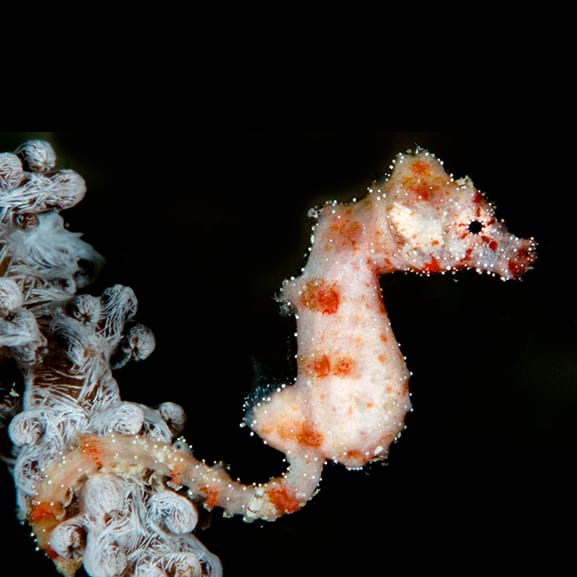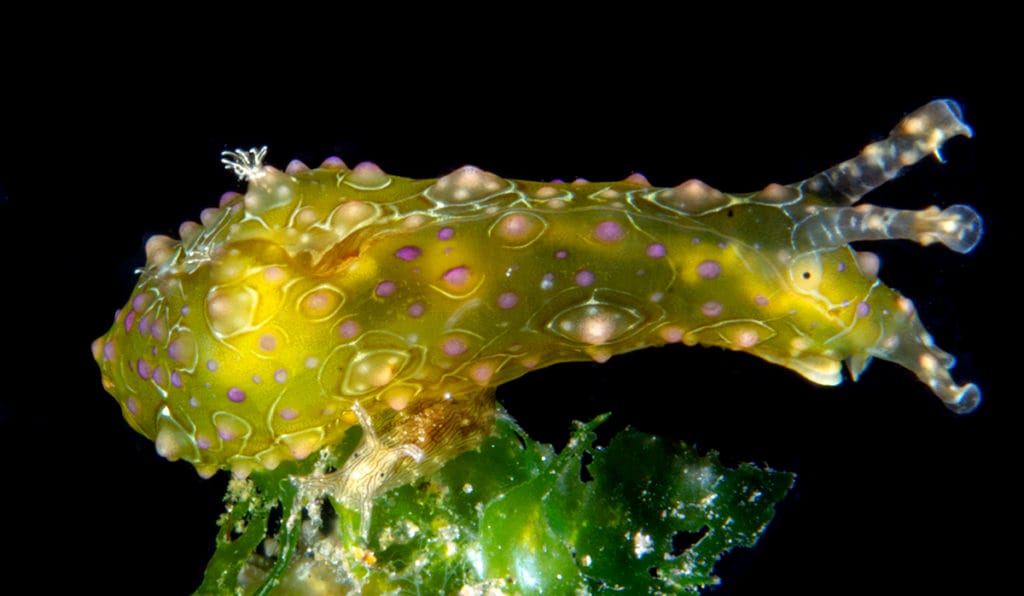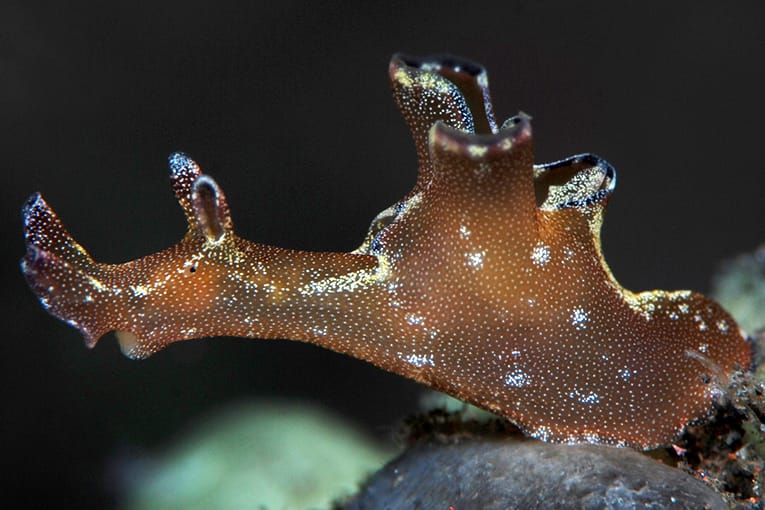DID YOU KNOW that Elysia marginata is capable of decapitating itself when its body becomes infected with parasites?
Sounds fantastic, but it’s true!
What’s even more bizarre, the head gets around fine without its body. In three weeks, it regenerates a new body, perfectly functioning and parasite-free.

“We’ve known for a long time that sea slugs have regenerative capabilities, but this really goes beyond what we had thought,” said Terry Gosliner, senior curator of invertebrate zoology at the California Academy of Science.













